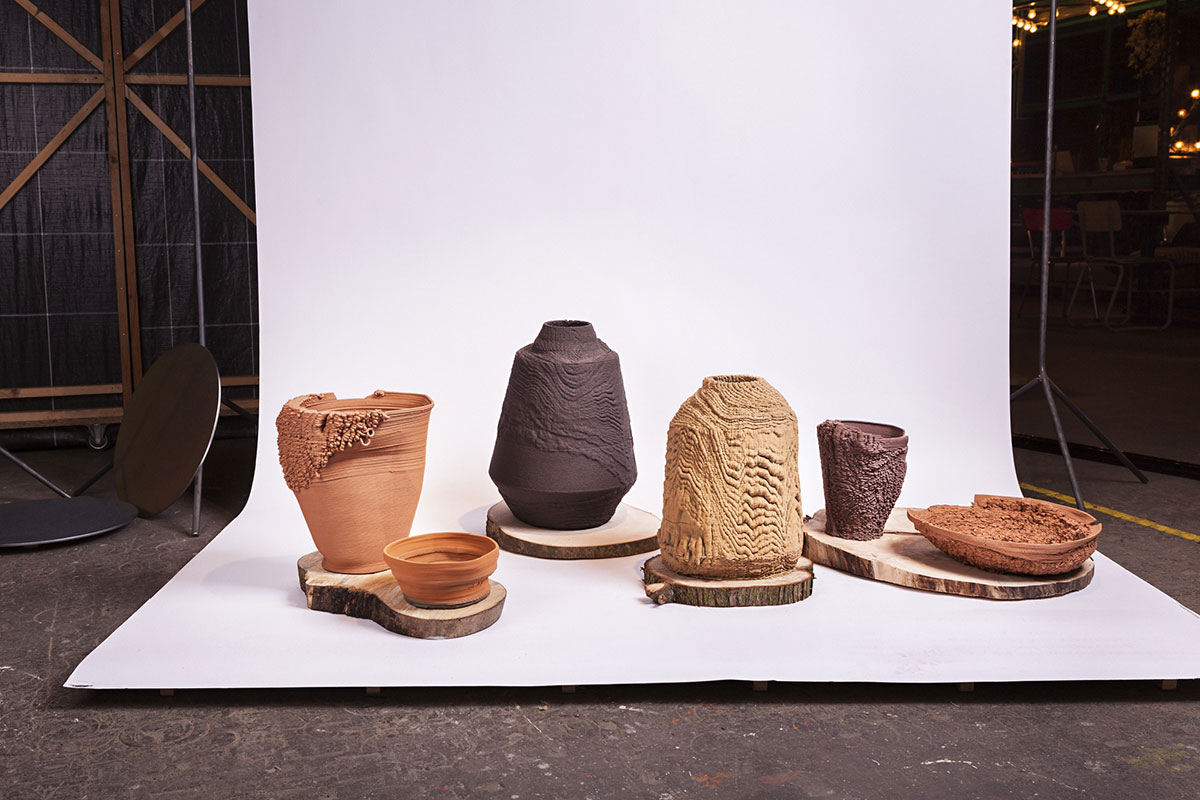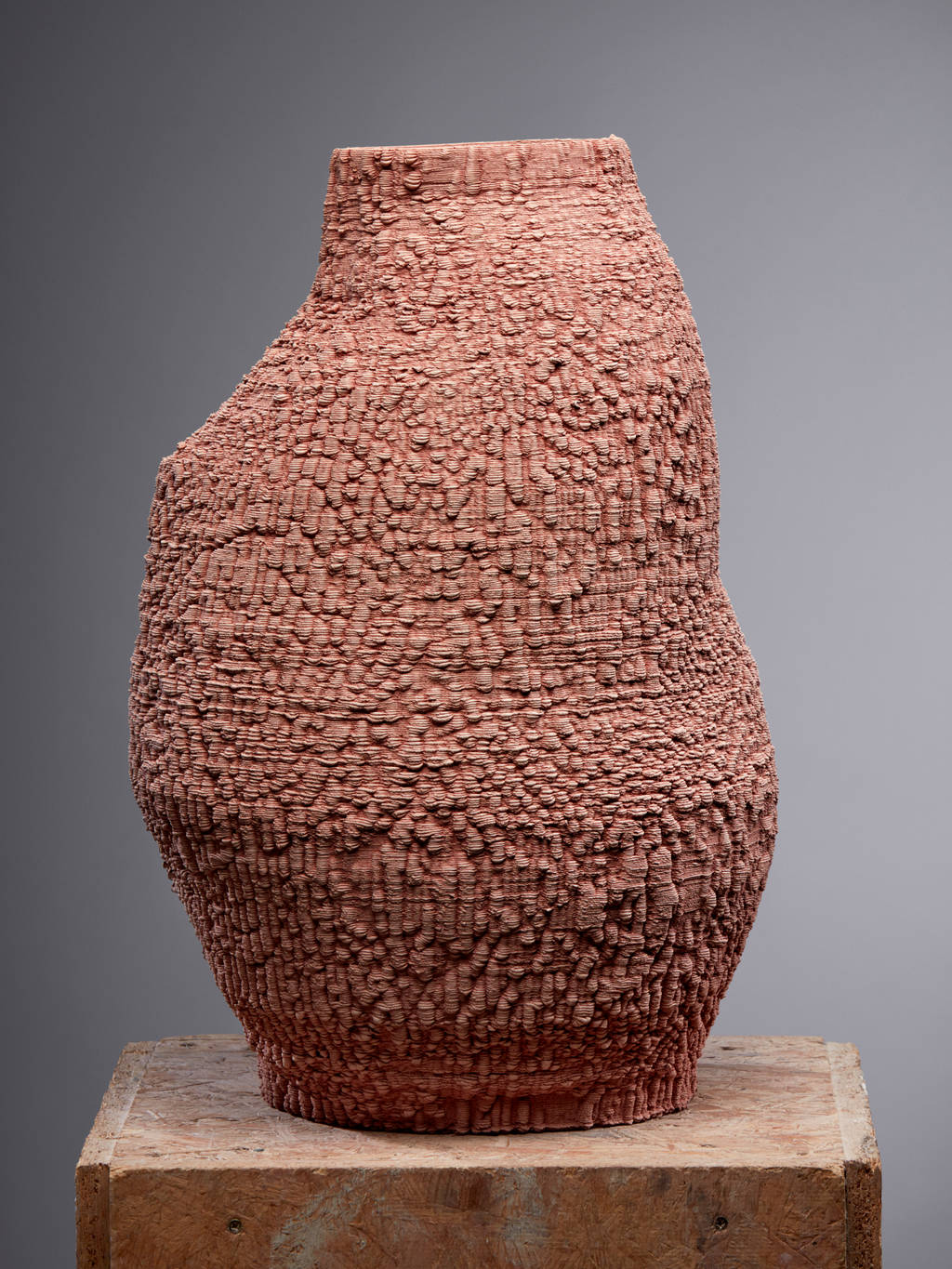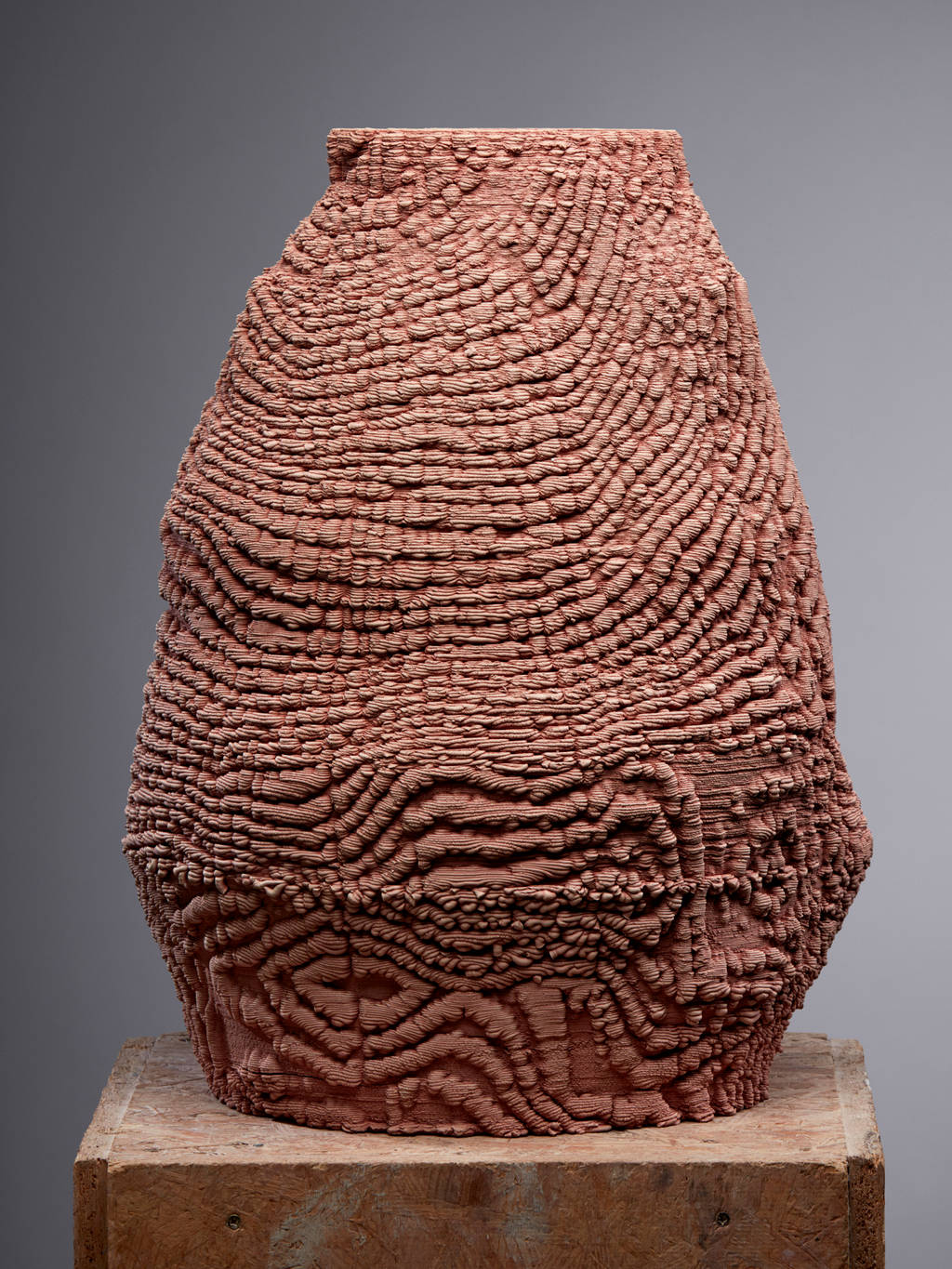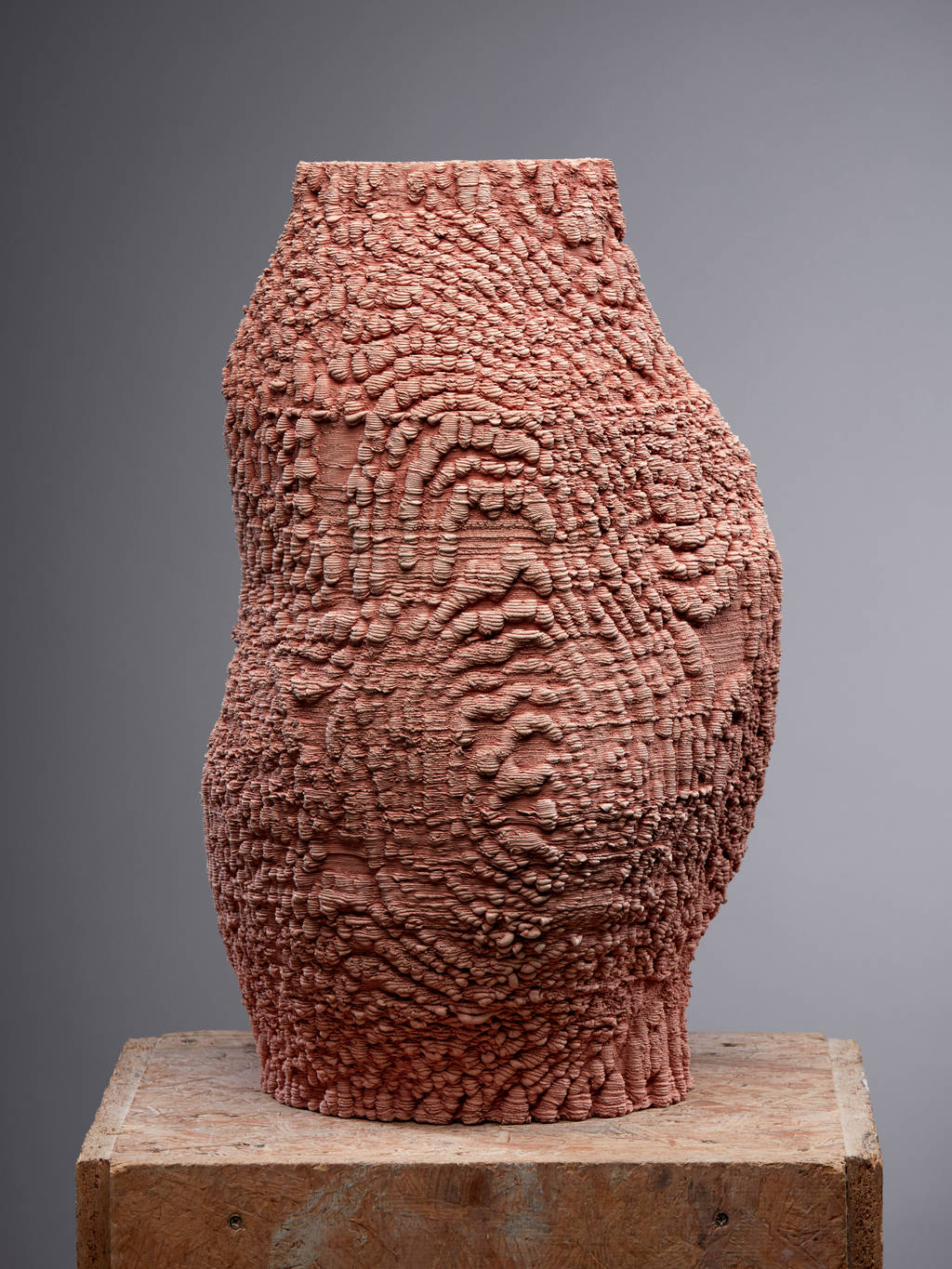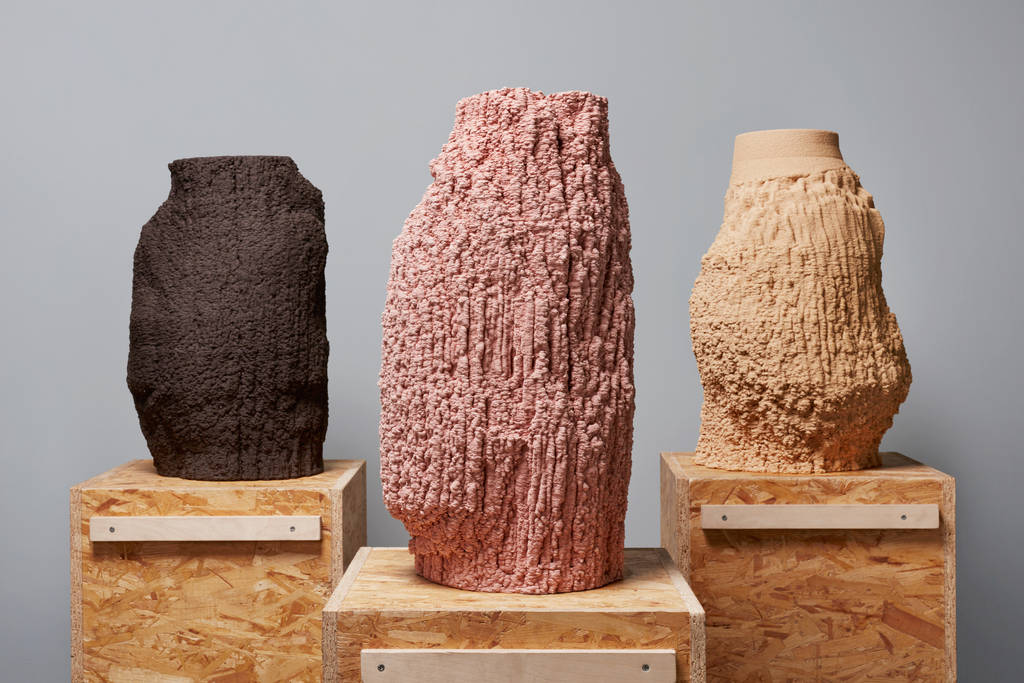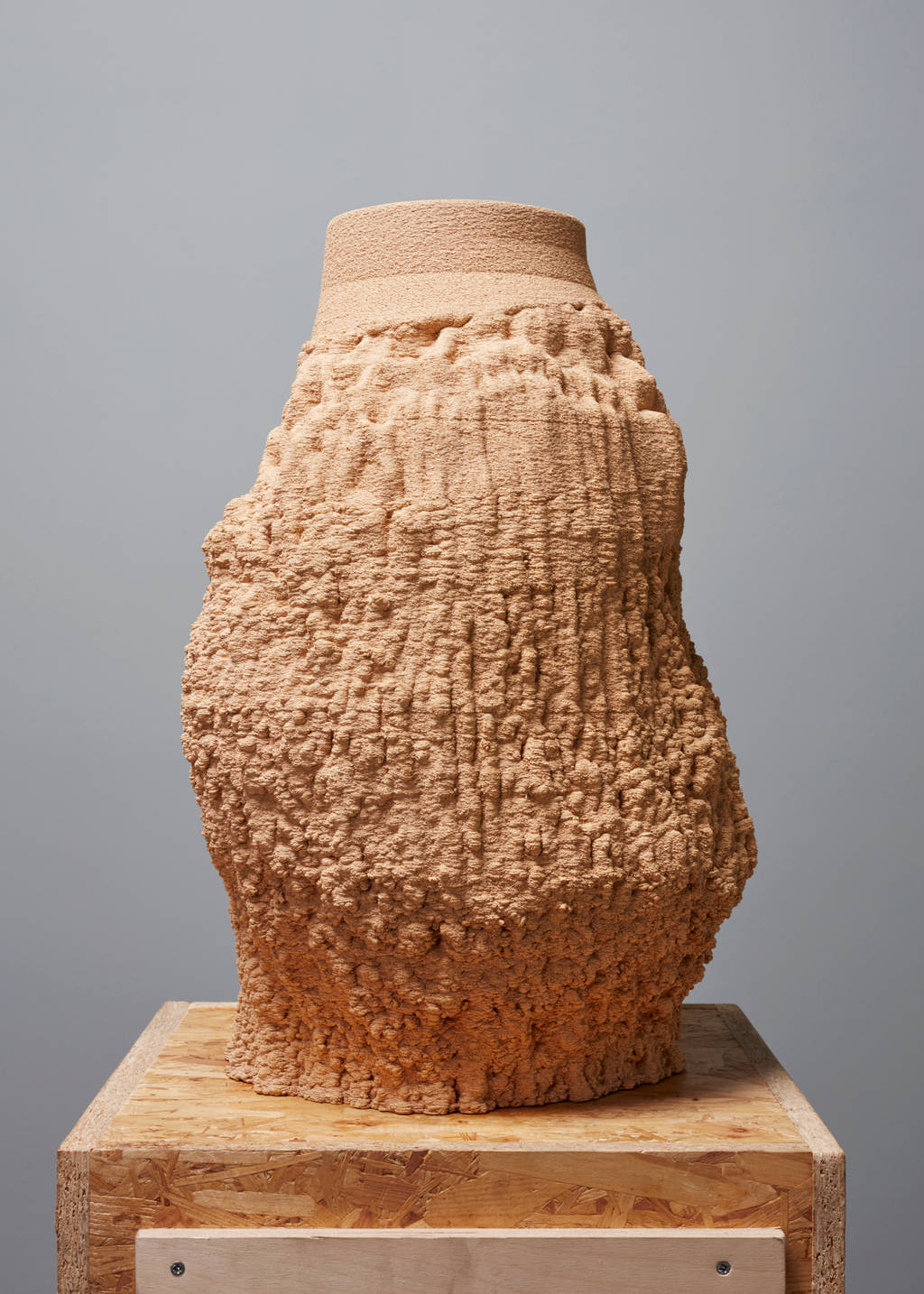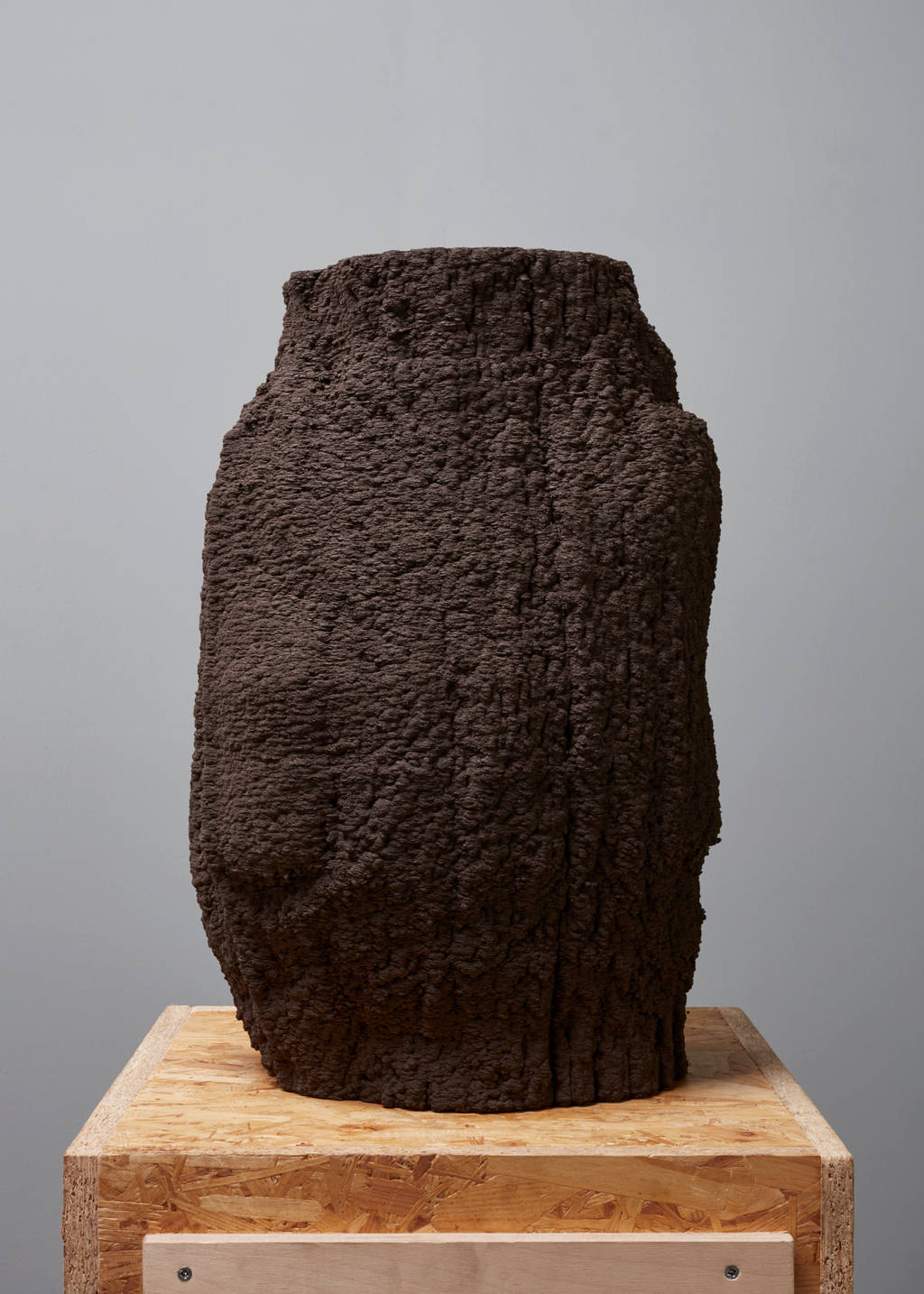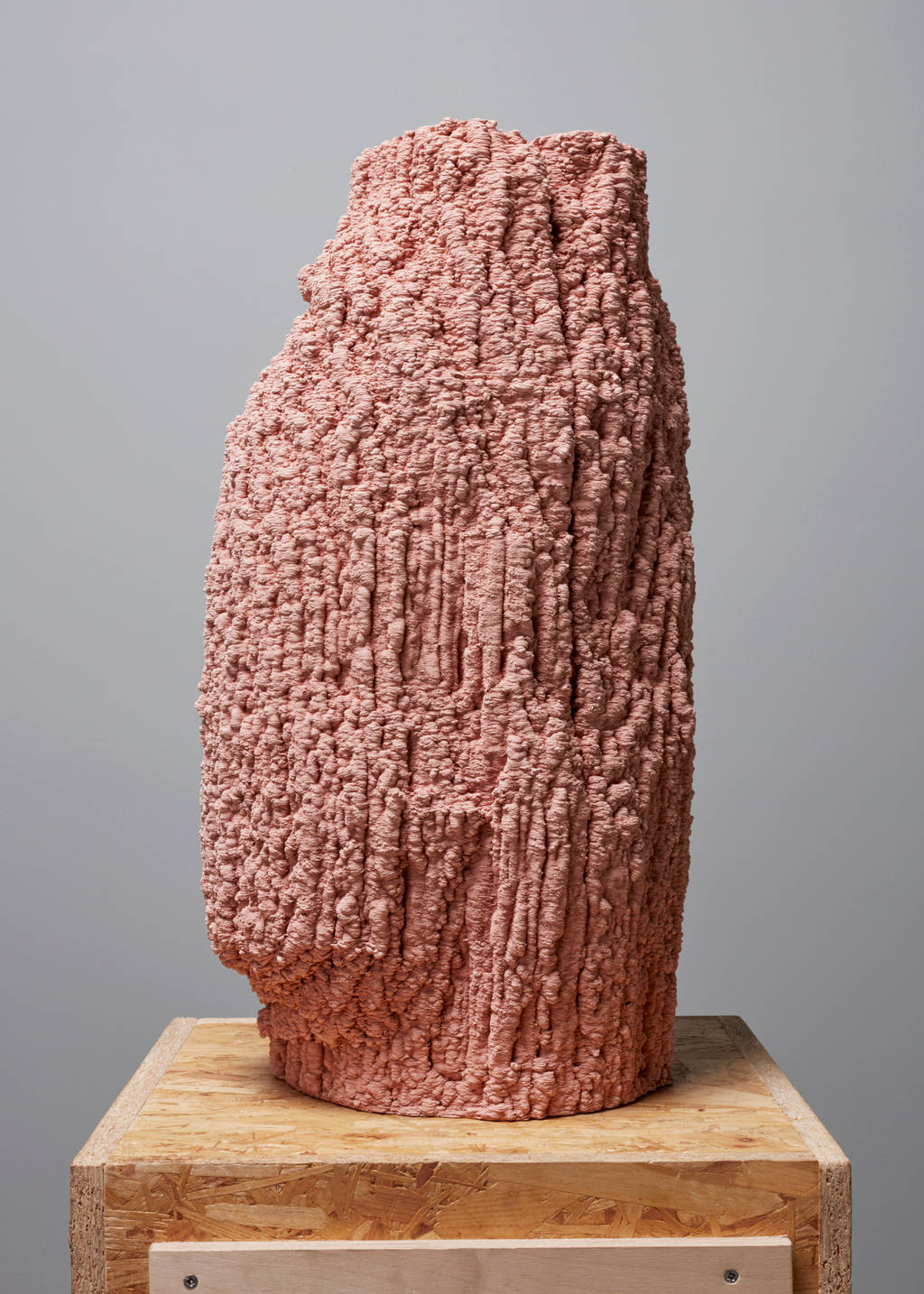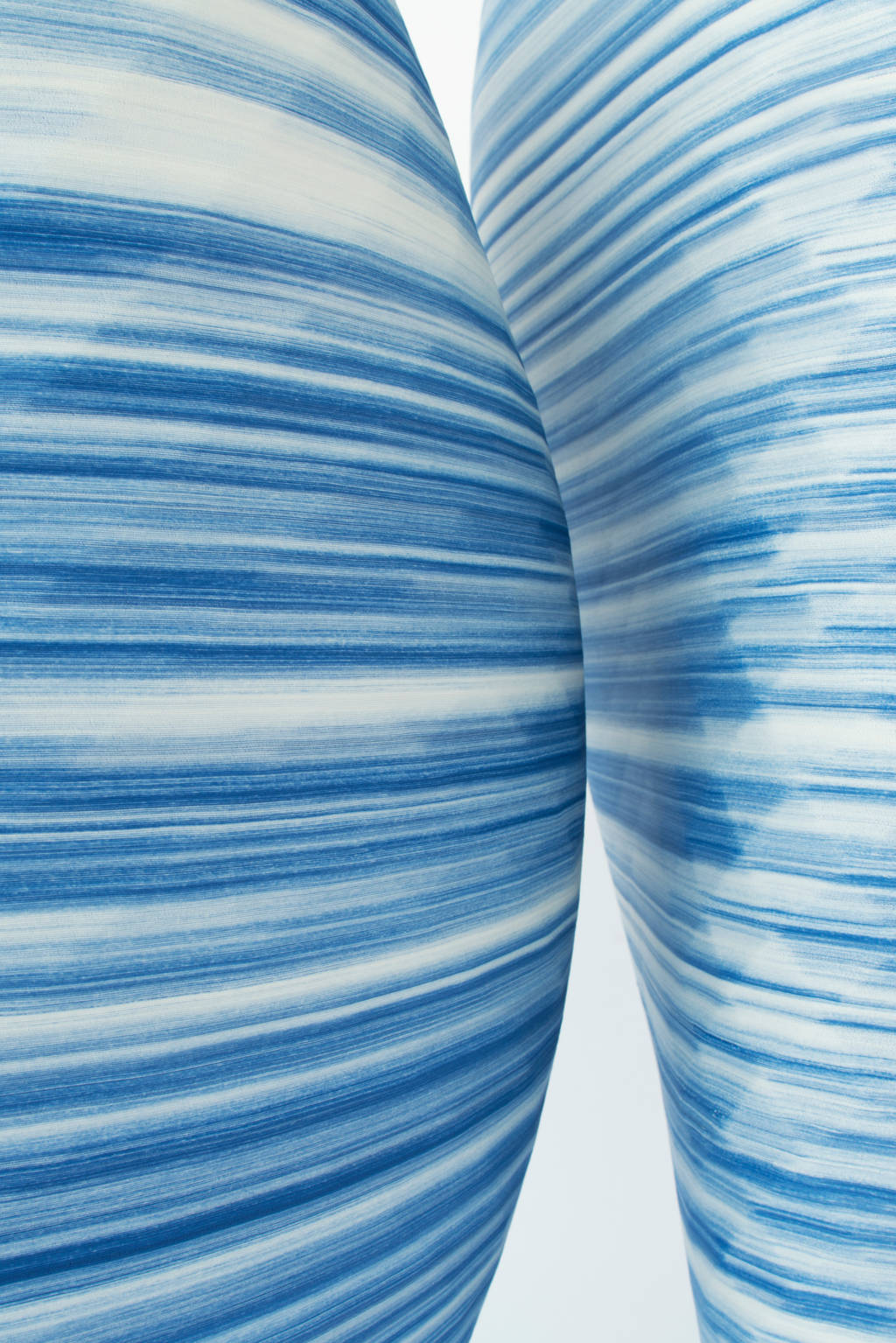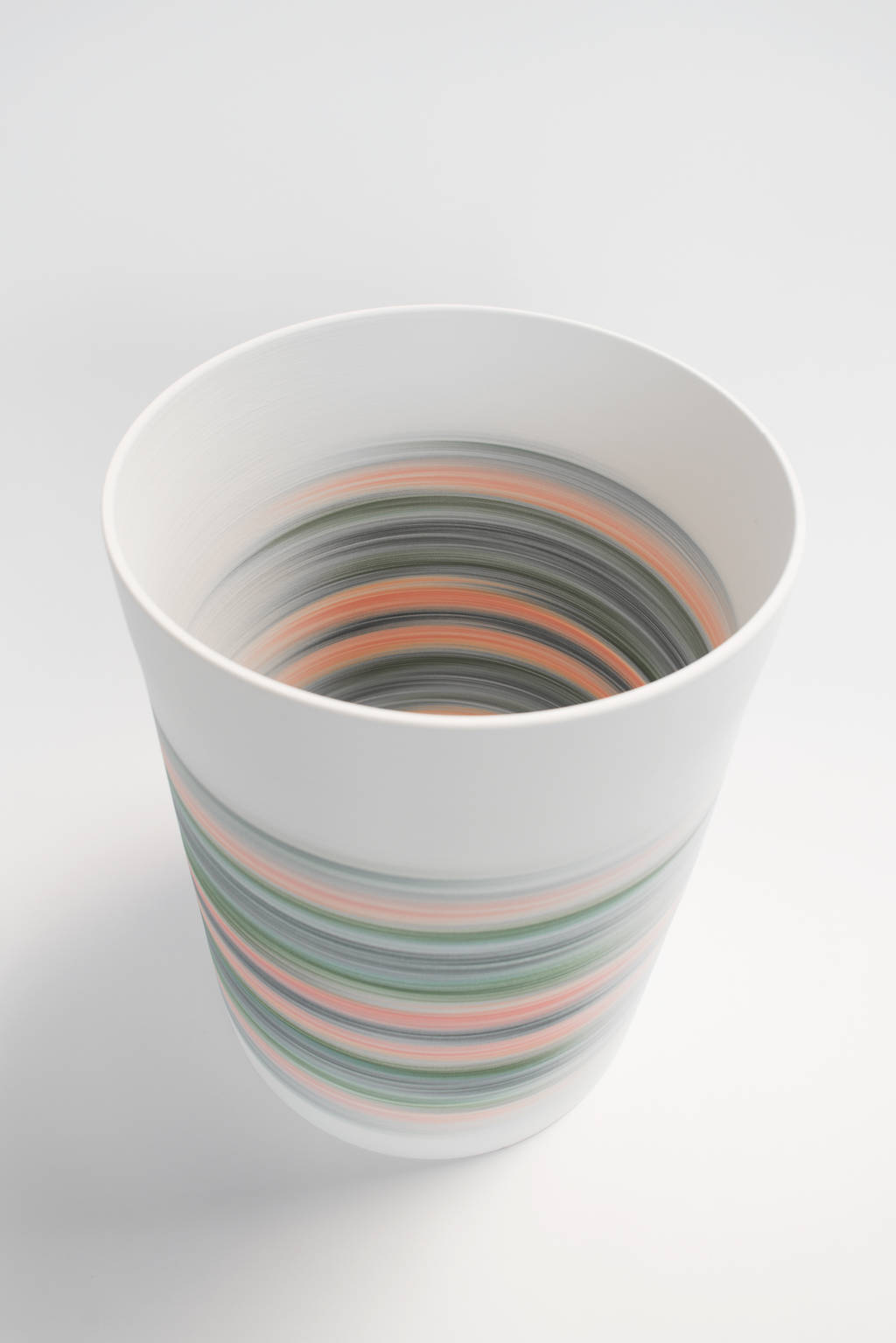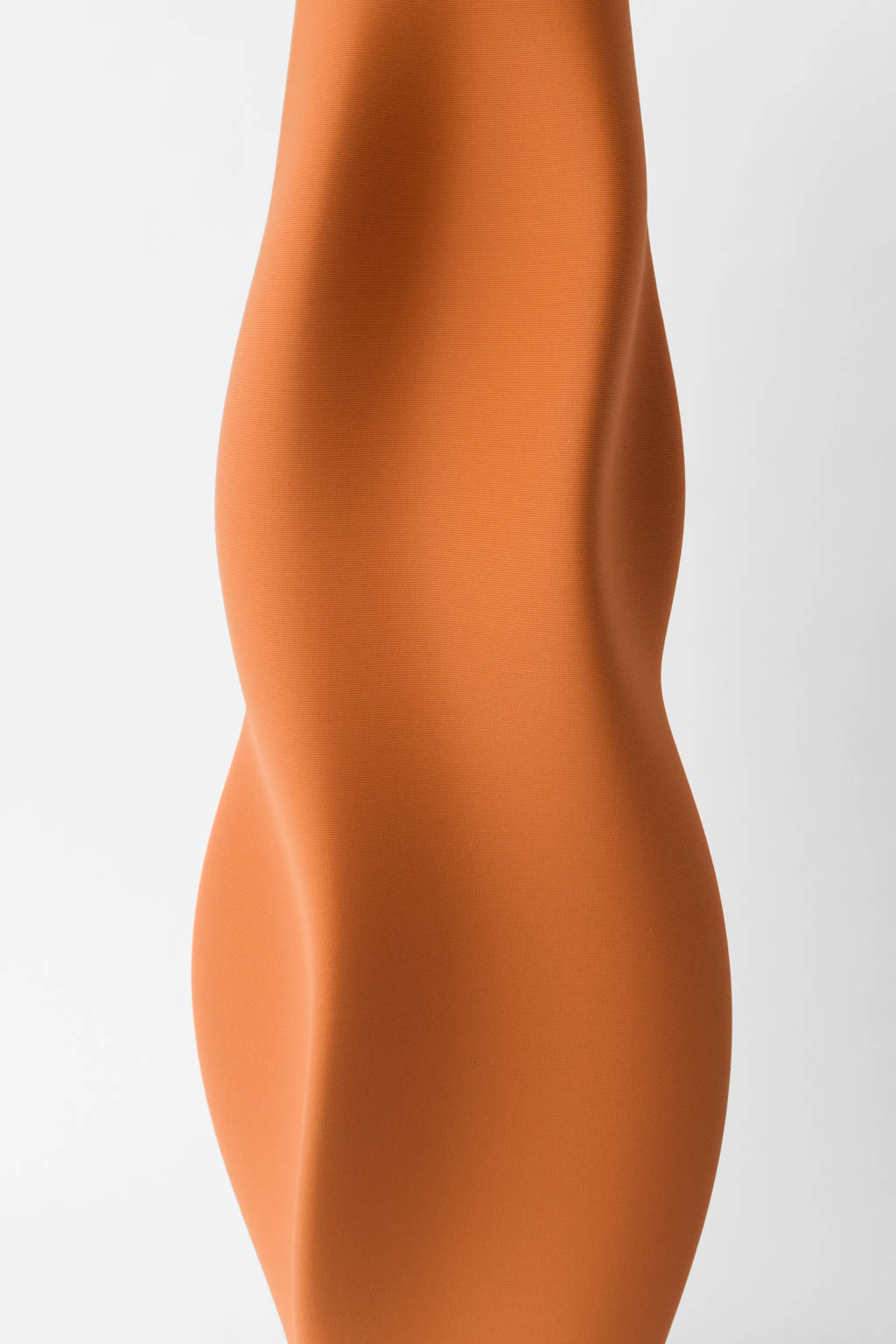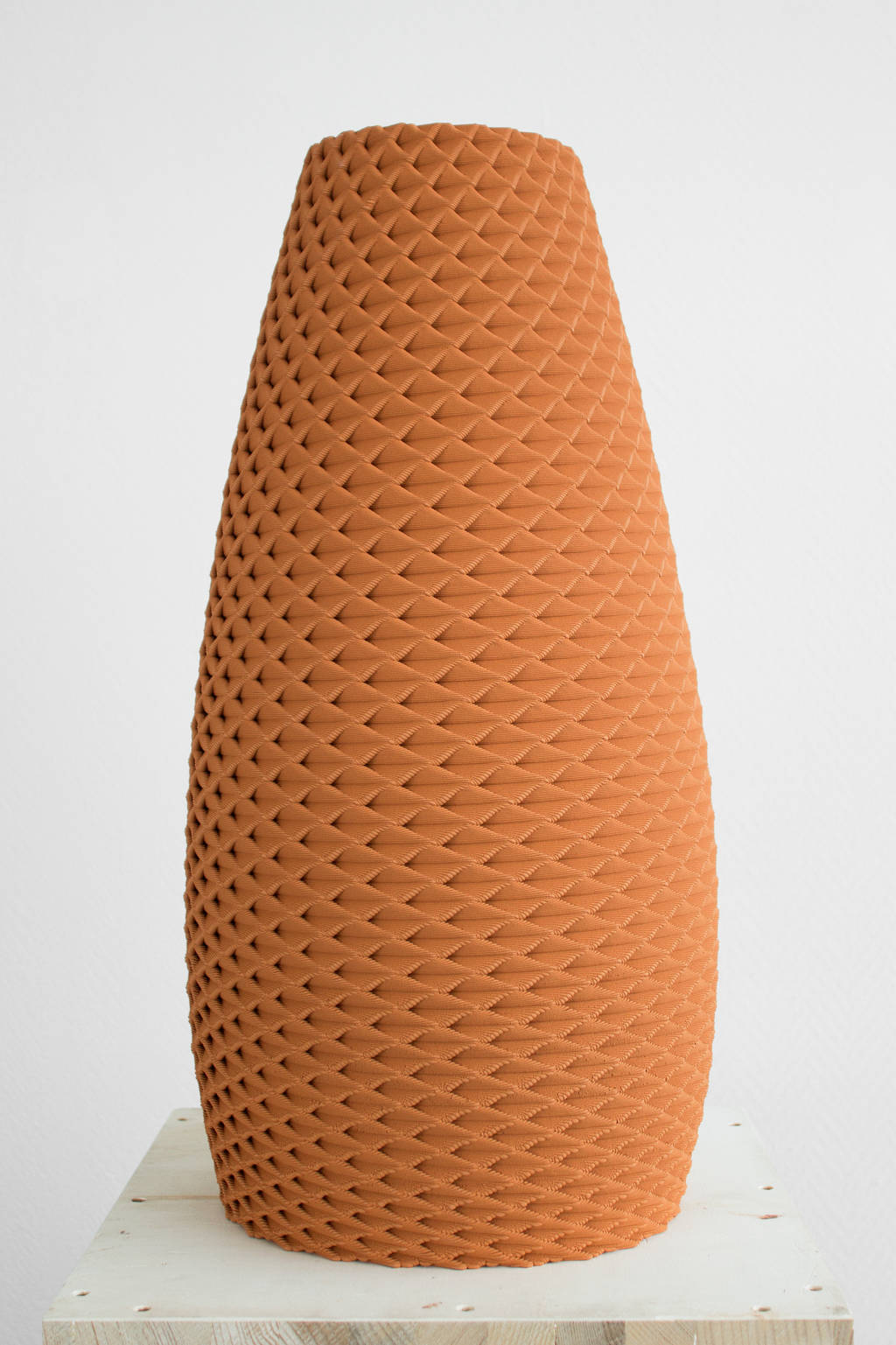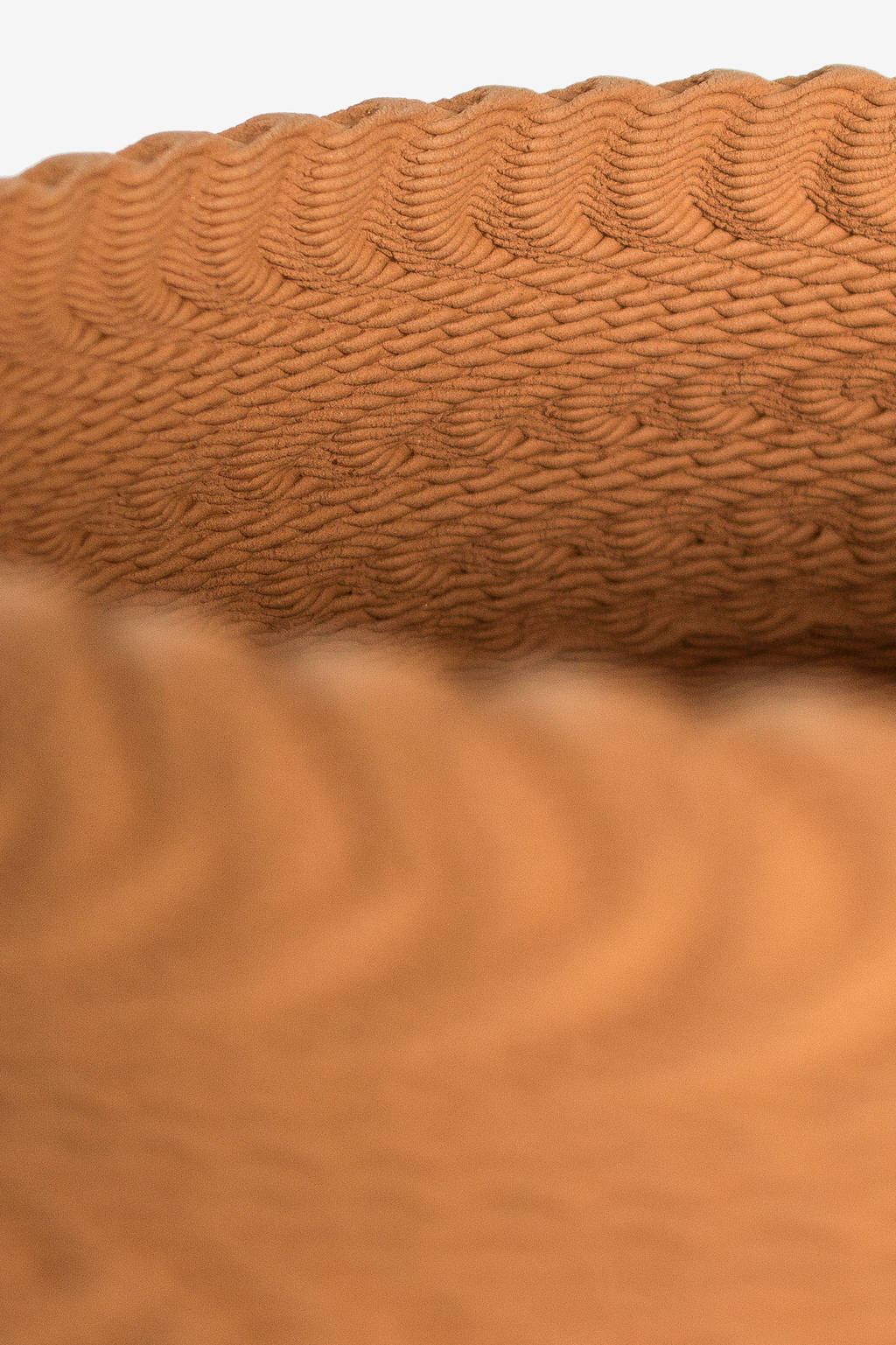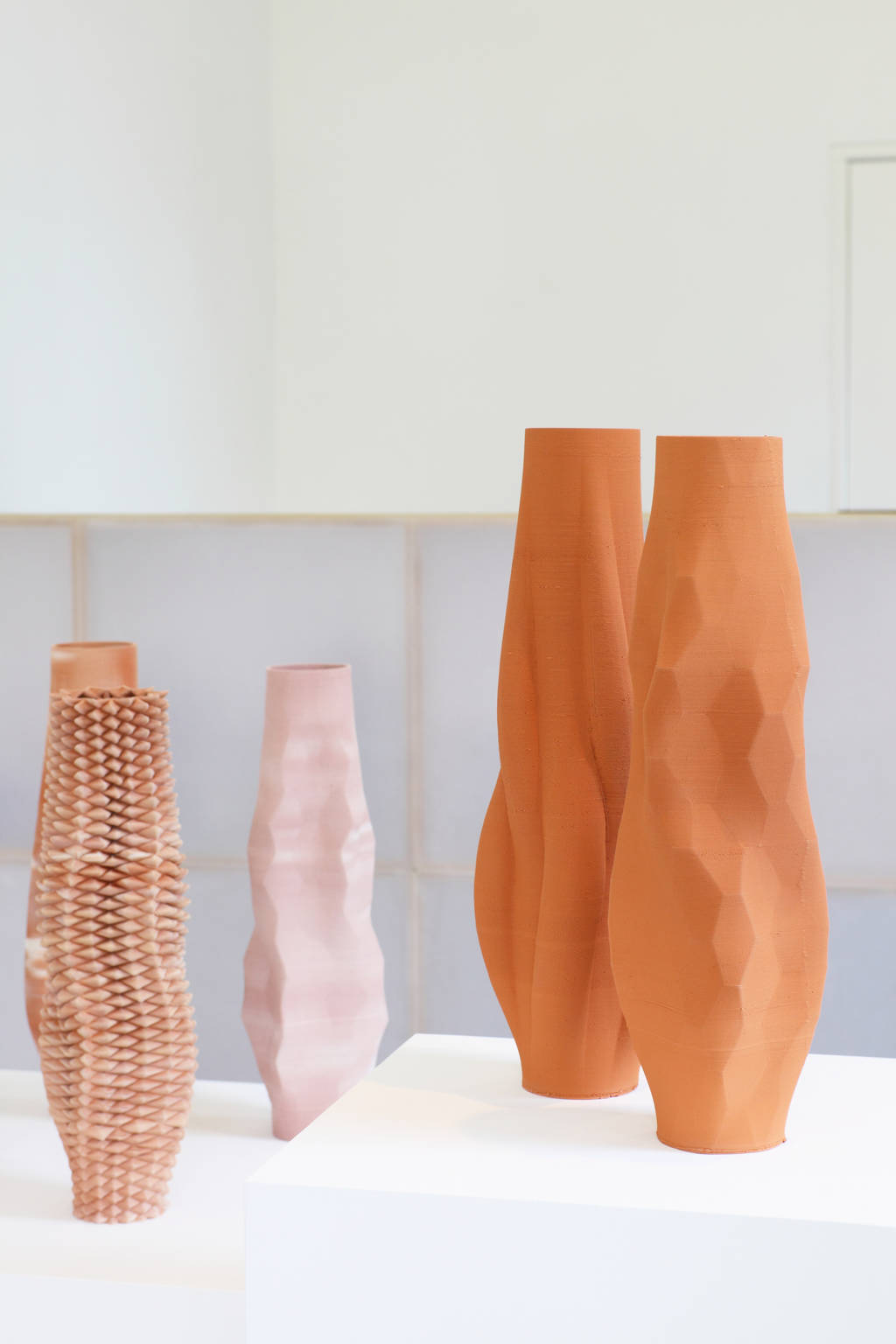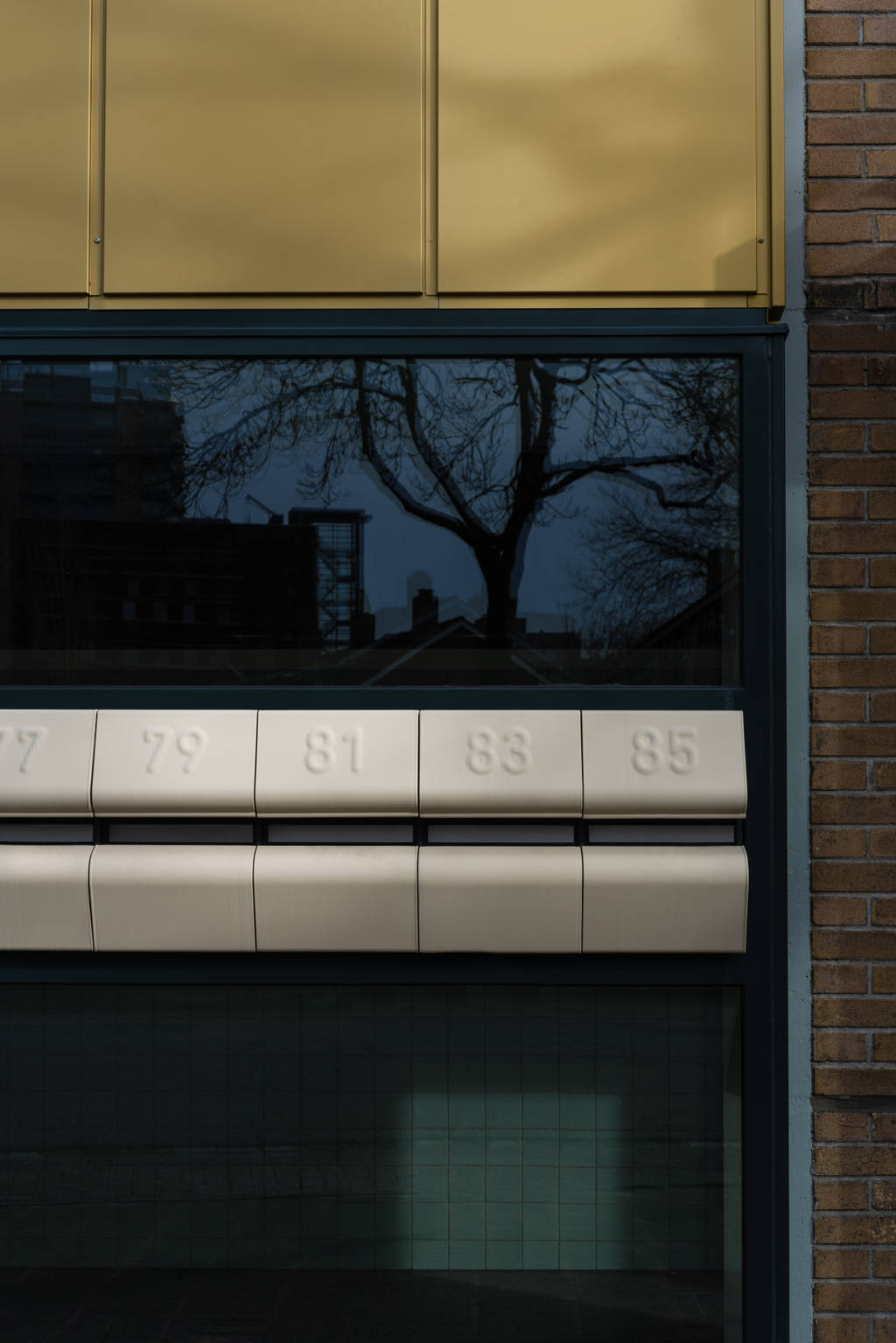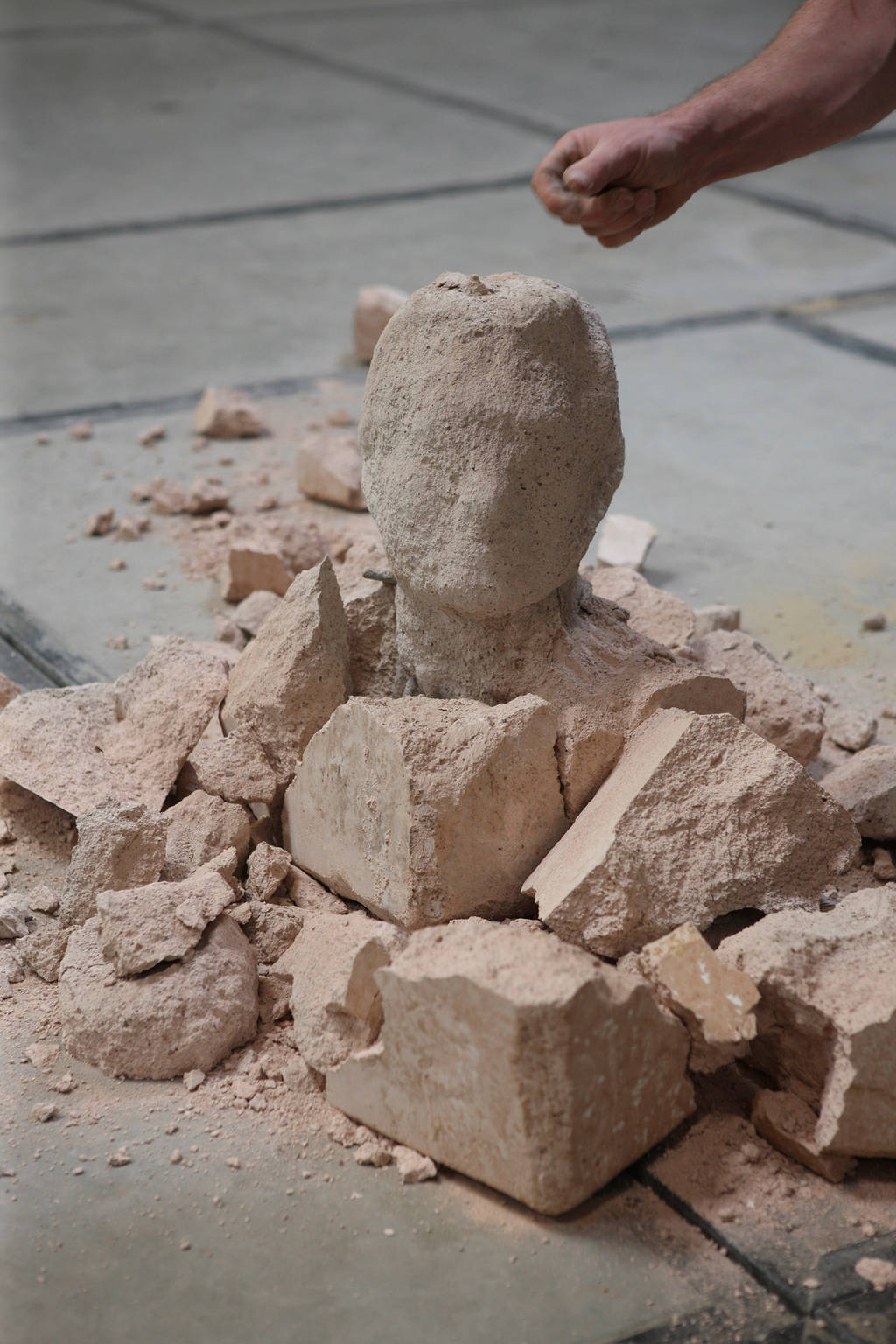Adaptive Manufacturing
Adaptive Manufacturing is a collaborative project by Sander Wassink and Olivier van Herpt started in 2014. An essential part of their concept is to highlight the production process. Adaptive Manufacturing takes as its point of departure the question of how technological production has replaced the craftsman and thus removed all traces of human and local influence.
At the foundation of every product there is the production process. When we replaced the craftsmen by machines we lost the translation of local influences into our products. What if our machines could become more sensory? What if the machine could sense the local environment and incorporate it into the production process?
This research looks into ways we could regain that lost connection with the production of objects. To do so, they decided to design scripts which distil shapes and textures from external phenomena. External information is measured by sensors, eventually translated into specific behaviours of the printer through software. You could call it a sensory machine that feels its environment, translating input into a document of a specific time, location or raw material. However the machine does not operate autonomously. Indeed the designers role is about selecting and distilling only certain features from the complexity which surrounds us.


